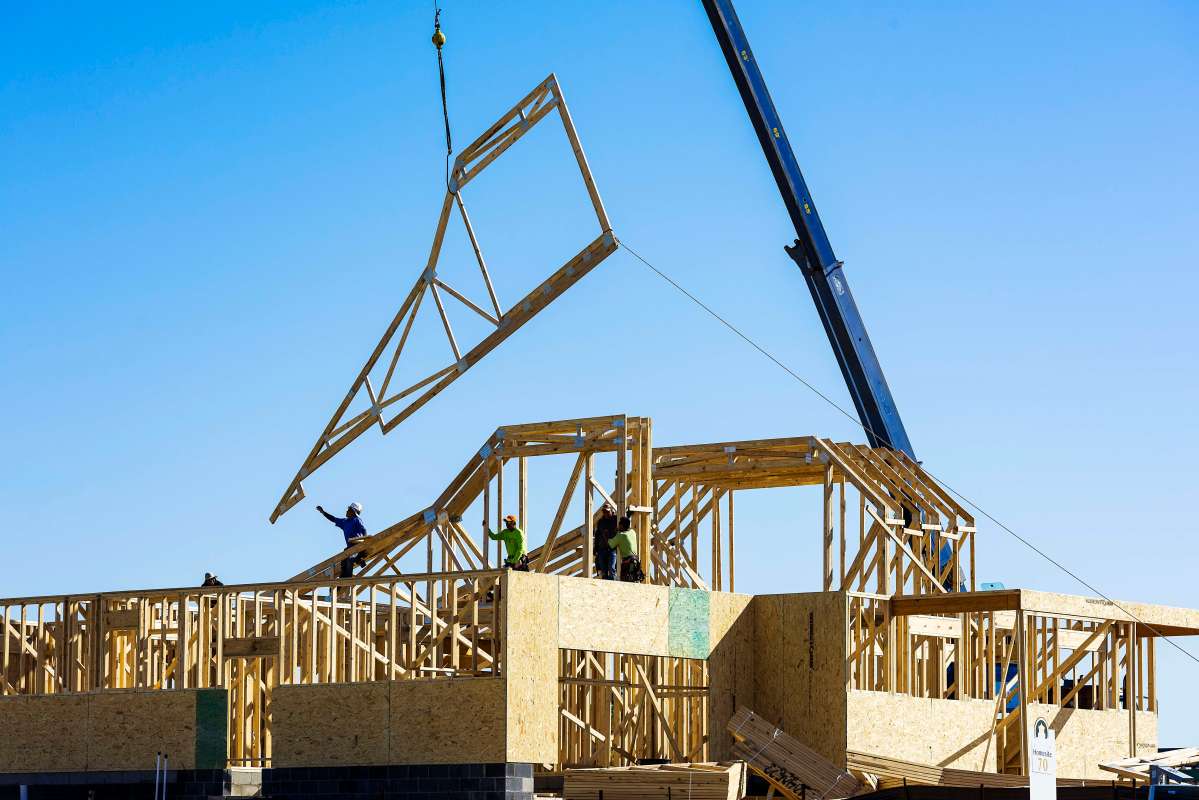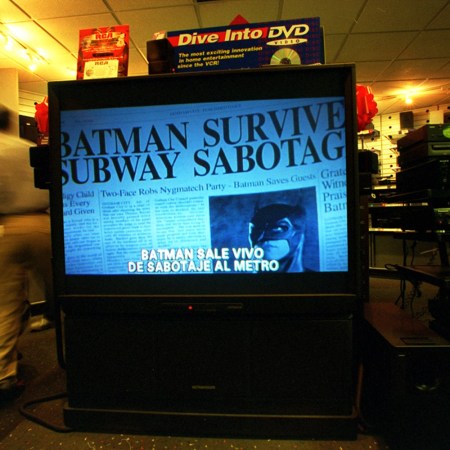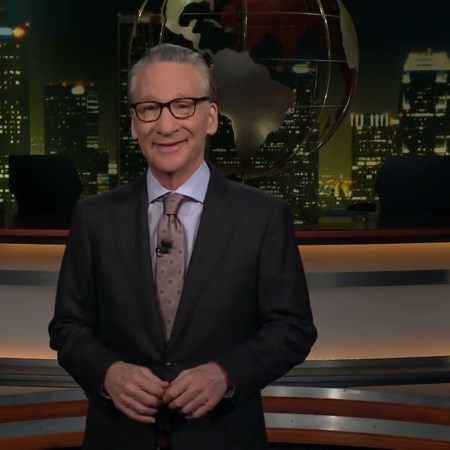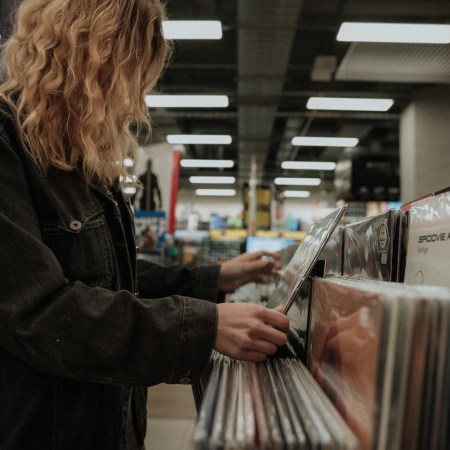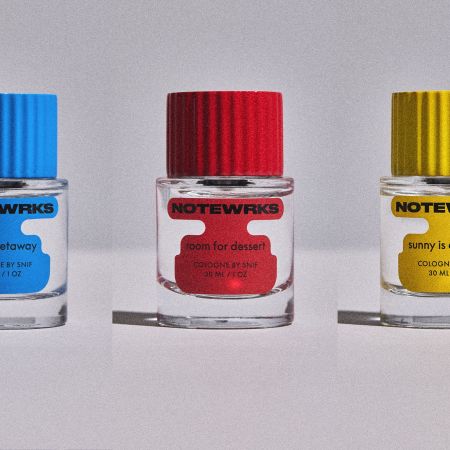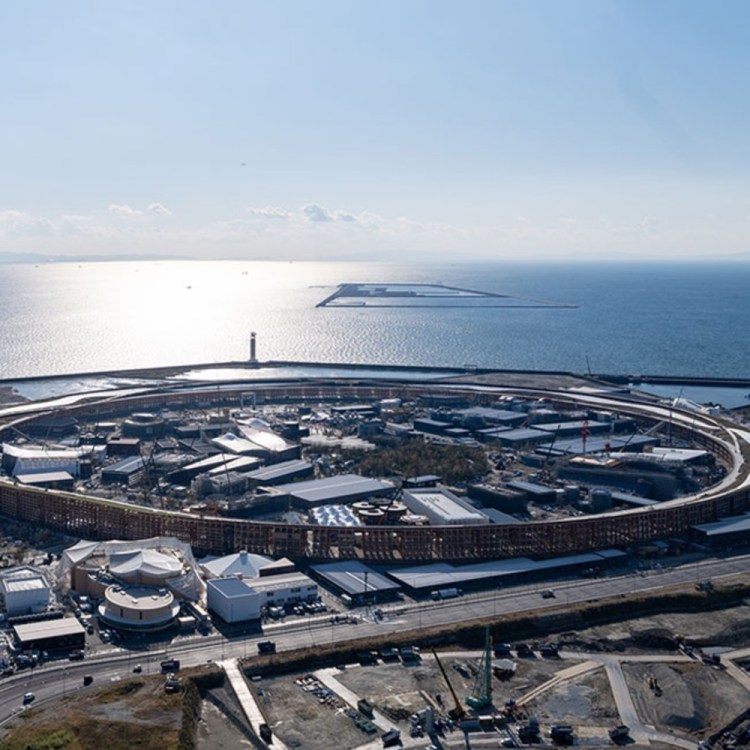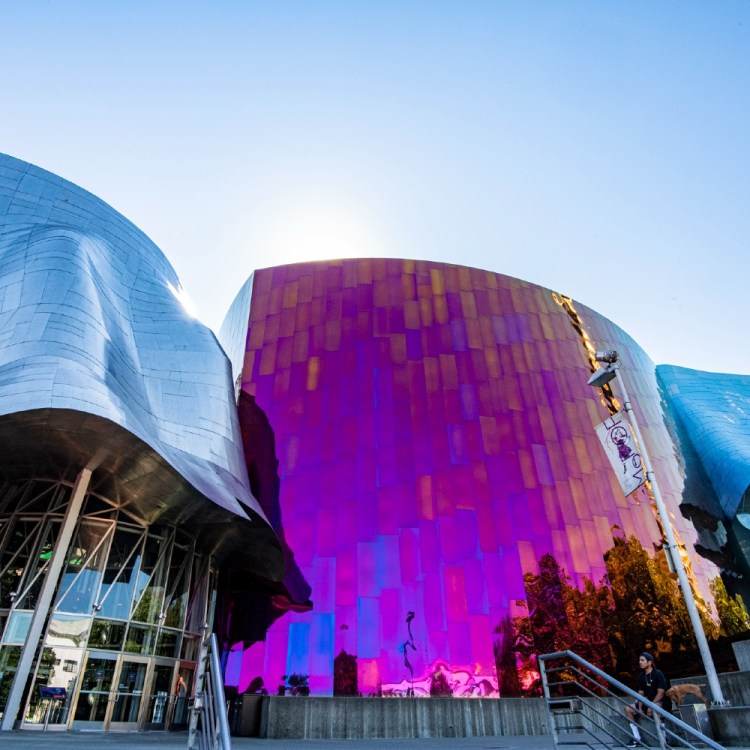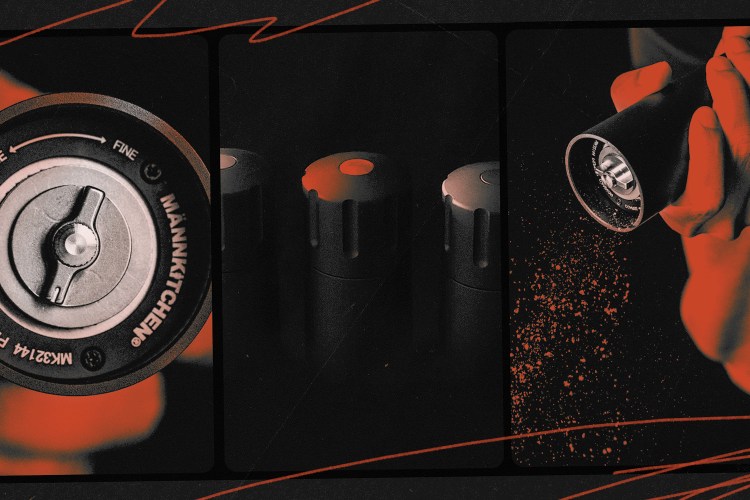Fourteen of the 15 fastest-growing cities in the U.S. are in suburban areas, and it’s mostly because millennials can no longer afford the big-city dream.
This surge of millennials into places like Frisco, Texas, Nolensville, Tennessee, Lakewood Ranch, Florida, and Scottdale, Georgia. — not exactly household names as The Wall Street Journal notes — while once a welcome boon to their economies, is backfiring.
The schools are becoming overcrowded, the Journal reports, and in areas where farmland and sprawling fields were once plentiful, housing complexes are being built to accommodate rising populations. The two-lane streets that run through these areas are now being backed up with traffic, and local taxes have gone up to offset new expenses.
“It’s great that people want to move here,” said Lindsay Mahaffey, who lives in the Raleigh, North Carolina, suburb of Apex. “We’ve just got to do it in a way that eases the frustration.”
To compare, the average growth of America’s big cities — those with populations over 250,000 — has slowed by 40 percent over the past five years, according to the Journal.
Another Apex resident interviewed by the Journal — Tana Malerba, who moved from Long Island 20 years ago — is now being pushed out by newcomers.
“Long term, we’re not going to stay,” she said. “It’s like being back in New York.”
Editor’s Note: RealClearLife, a news and lifestyle publisher, is now a part of InsideHook. Together, we’ll be covering current events, pop culture, sports, travel, health and the world. Subscribe here for our free daily newsletter.
Thanks for reading InsideHook. Sign up for our daily newsletter and be in the know.
